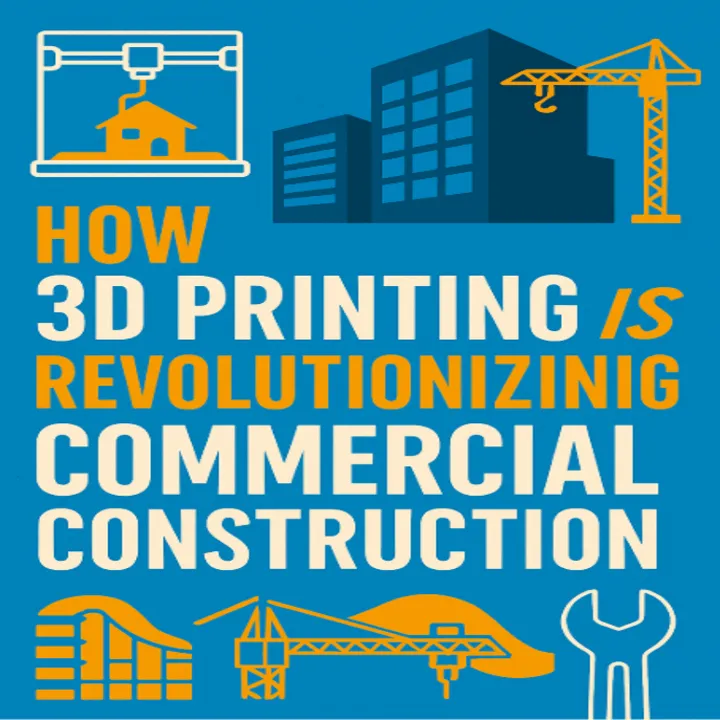
🏢 How 3D Printed Buildings Are Changing Commercial Real Estate 🖨️
🧱 3D Printing Construction: The Future of Commercial Building 🏗️
🏢 How 3D Printed Buildings Are Changing Commercial Real Estate 🖨️
The commercial construction industry is undergoing a transformation—and at the forefront of this evolution is 3D printing. What once seemed like science fiction is now a practical, cost-effective solution being adopted by forward-thinking developers, architects, and builders. From reduced construction timelines to sustainable building practices, 3D printing is redefining what’s possible in commercial real estate.
What Is 3D Printing in Construction?
Also known as additive manufacturing, 3D printing in construction involves layering material (usually concrete or composite) to build structures based on digital blueprints. Specialized printers extrude the material to form walls, frames, and sometimes even entire buildings. These machines can work autonomously or in tandem with human workers, streamlining the construction process.
The Advantages of 3D Printing in Commercial Construction
⏱️ 1. Faster Project Completion
Traditional commercial builds can take months or even years. With 3D printing, entire building components can be created in a fraction of the time, reducing labor costs and expediting project delivery.
🌍 2. Sustainable Building Practices
3D printing minimizes waste by using only the necessary material, reducing the carbon footprint. This aligns perfectly with the growing demand for green buildings and sustainable construction.
💰 3. Cost Efficiency
Fewer materials, reduced labor, and quicker timelines all translate to lower overall costs. Investors and developers are already seeing significant savings by incorporating 3D-printed components into projects.
🏢 4. Customization and Flexibility
Unlike traditional construction, 3D printing allows for creative freedom and customization, making it ideal for niche commercial properties or unique architectural visions.
Real-World Applications
Hotels and Multi-Family Housing: Some developers are already printing modular hotel rooms and apartment units off-site for rapid assembly.
Industrial Buildings: Warehouses and logistics centers benefit from the speed and scalability of 3D-printed infrastructure.
Retail Spaces: Pop-up shops and kiosks are being printed and installed within days.
What This Means for Commercial Real Estate
As this technology becomes more accessible and mainstream, commercial real estate professionals who understand its capabilities will be better positioned to lead and innovate. Investors who partner with construction firms using 3D printing can unlock faster returns and reduce project risk.
Final Thoughts
3D printing isn’t just a trend—it’s a game-changer for commercial construction and real estate. As more developers adopt this technology, expect to see faster builds, lower costs, and a surge of innovative architecture hitting the market.
Now is the time to learn, invest, and adapt. Because the future of construction is being printed—layer by layer.
https://www.houstonrealestatebrokerage.com/
https://www.houstonrealestatebrokerage.com/houston-cre-navigator
https://www.commercialexchange.com/agent/653bf5593e3a3e1dcec275a6
http://expressoffers.com/[email protected]
https://app.bullpenre.com/profile/1742476177701x437444415125976000
https://author.billrapponline.com/
© 2023-2024 Bill Rapp, Broker Associate, eXp Commercial Viking Enterprise Team
